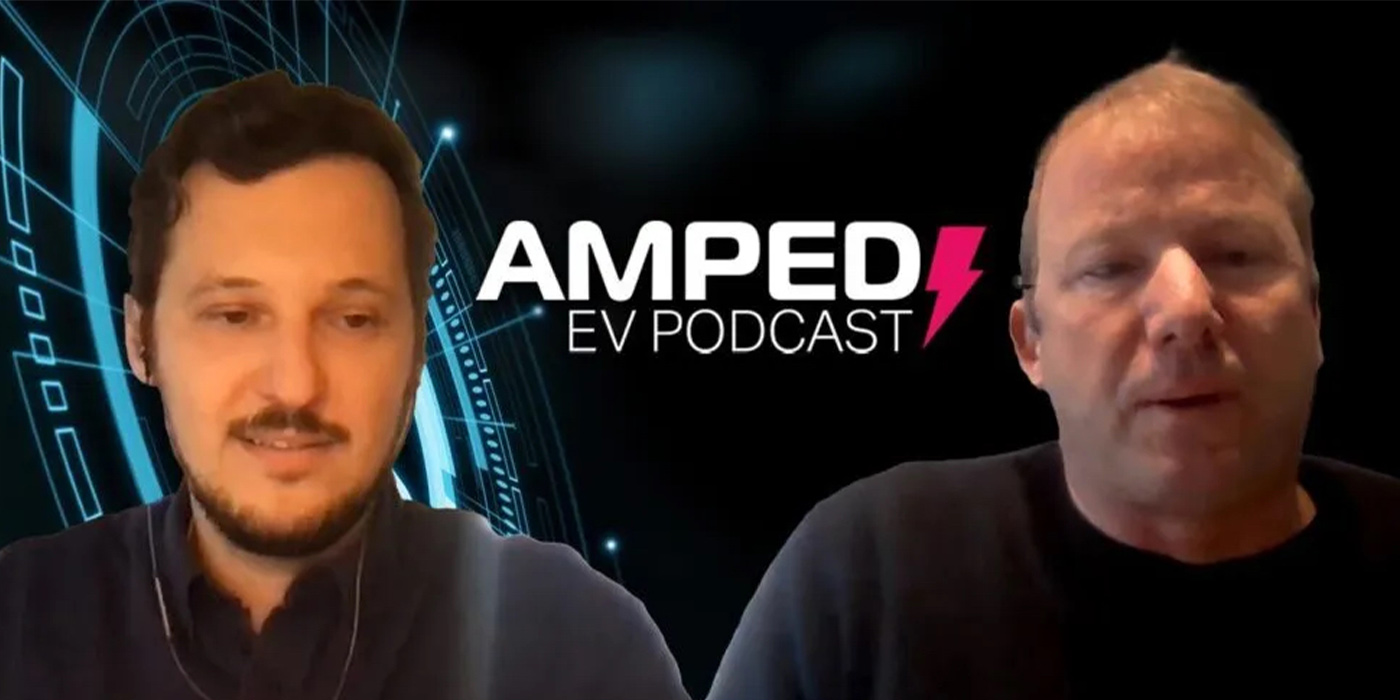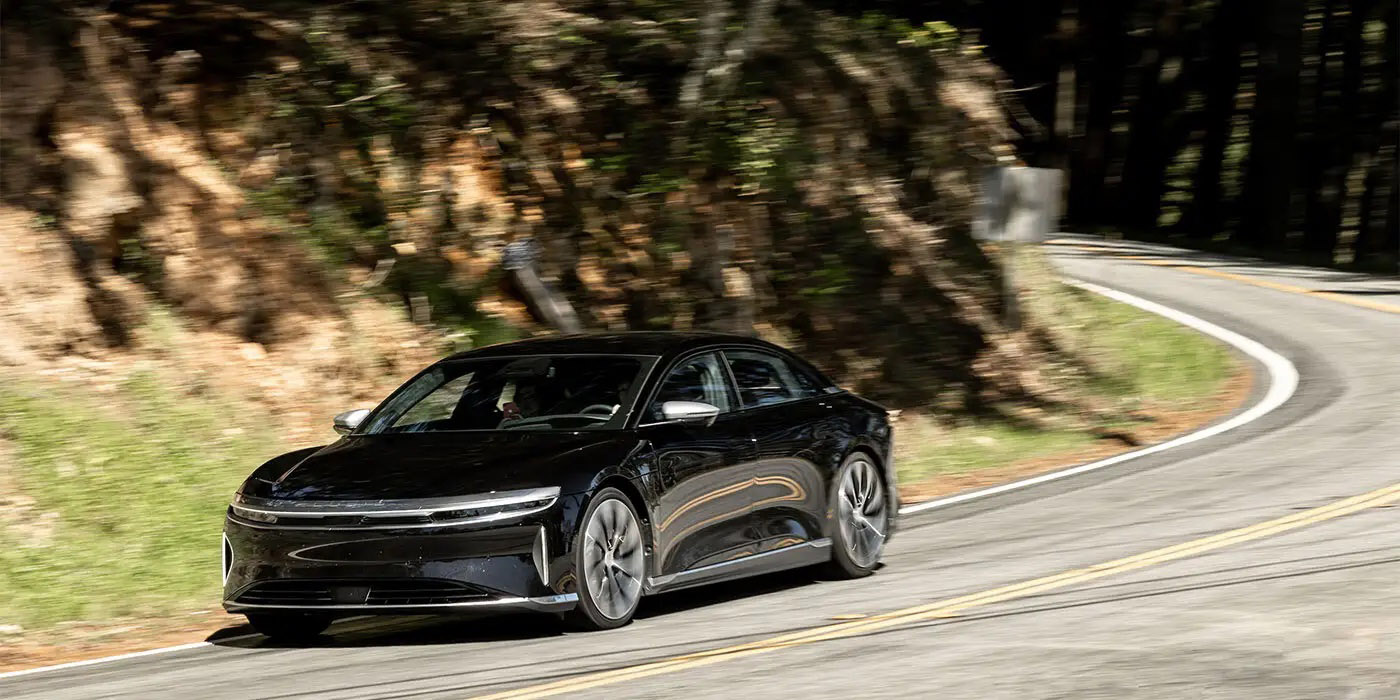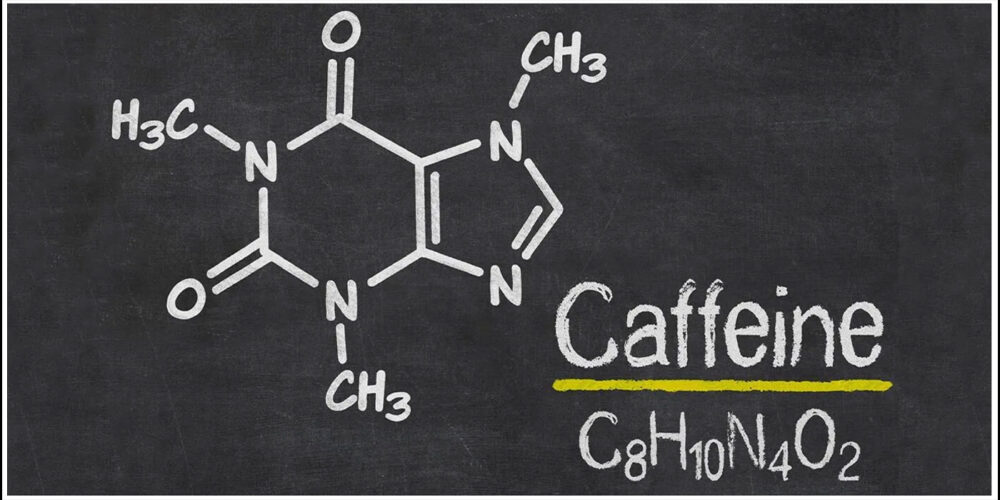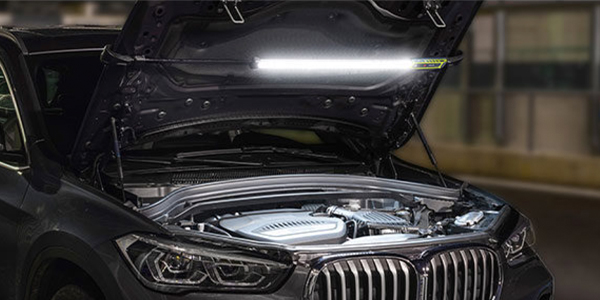Tesla is recalling more than 2 million vehicles in the United States to implement enhanced safety measures within its Autopilot advanced driver-assistance system. This action follows safety concerns raised by The National Highway Traffic Safety Administration (NHTSA).
This extensive Tesla recall encompasses nearly every vehicle currently operating on U.S. roadways and aims to enhance driver attentiveness while using the system. According to Tesla’s recall documentation, there are concerns that the software controls of Autopilot “might not be adequate in averting driver misuse,” thereby amplifying the potential for a collision.
NHTSA’s description of the issue is as follows:
Basic Autopilot is a package that includes SAE Level 2 advanced driver assistance features, including Autosteer and Traffic-Aware Cruise Control (TACC), that drivers may choose to engage subject to certain defined operating limitations. Autosteer is an SAE Level 2 advanced driver-assistance feature that, in coordination with the TACC feature, can provide steering, braking and acceleration support to the driver subject to certain limited operating conditions. Autosteer is designed and intended for use on controlled-access highways when the feature is not operating in conjunction with the Autosteer on City Streets feature. When Autosteer is engaged, as with all SAE Level 2 advanced driver-assistance features and systems, the driver is the operator of the vehicle. As the vehicle operator, the driver is responsible for the vehicle’s movement with their hands on the steering wheel at all times, remaining attentive to surrounding road conditions, and intervening (e.g., steer, brake, accelerate or apply the stalk) as needed to maintain safe operation. When Autosteer is engaged, it uses several controls to monitor that the driver is engaged in continuous and sustained responsibility for the vehicle’s operation as required. If the driver attempts to engage Autosteer when conditions are not met for engagement, the feature will alert the driver it is unavailable through visual and audible alerts, and Autosteer will not engage. Likewise, if the driver operates Autosteer in conditions where its functionality may be limited or has become deteriorated due to environmental or other circumstances, the feature may warn the driver with visual and audible alerts, restrict speed, and/or instruct the driver to intervene immediately. In certain circumstances when Autosteer is engaged, the prominence and scope of the feature’s controls may not be sufficient to prevent driver misuse of the SAE Level 2 advanced driver-assistance feature.
In certain circumstances when Autosteer is engaged, if a driver misuses the SAE Level 2 advanced driver-assistance feature such that they fail to maintain continuous and sustained responsibility for vehicle operation and are unprepared to intervene, fail to recognize when the feature is canceled or not engaged, and/or fail to recognize when the feature is operating in situations where its functionality may be limited, there may be an increased risk of a collision.














